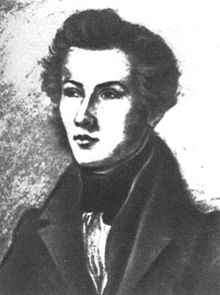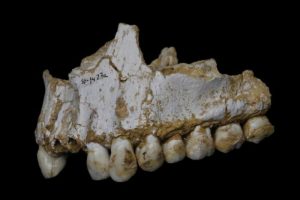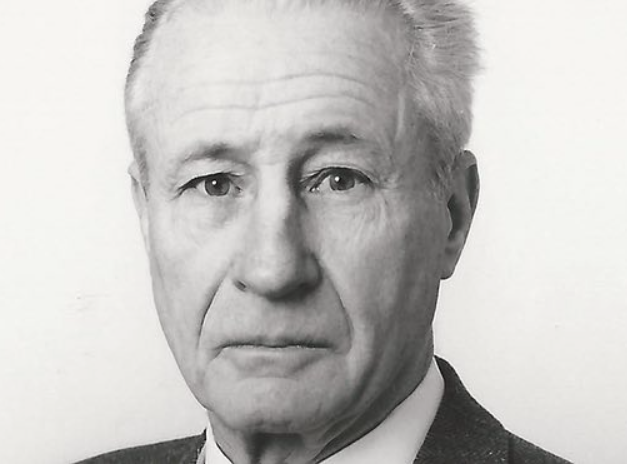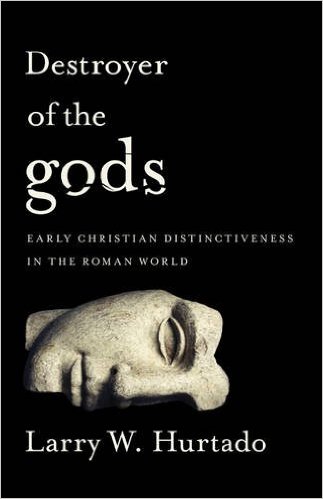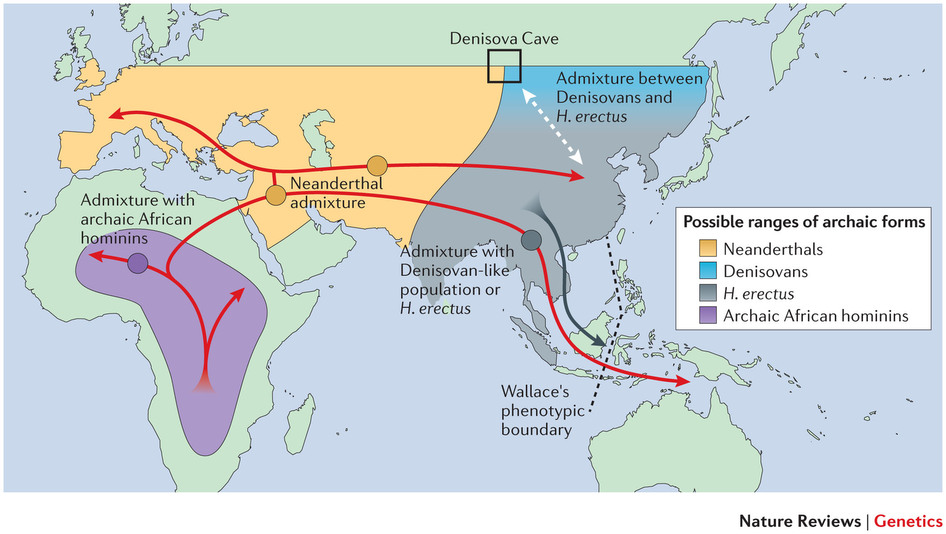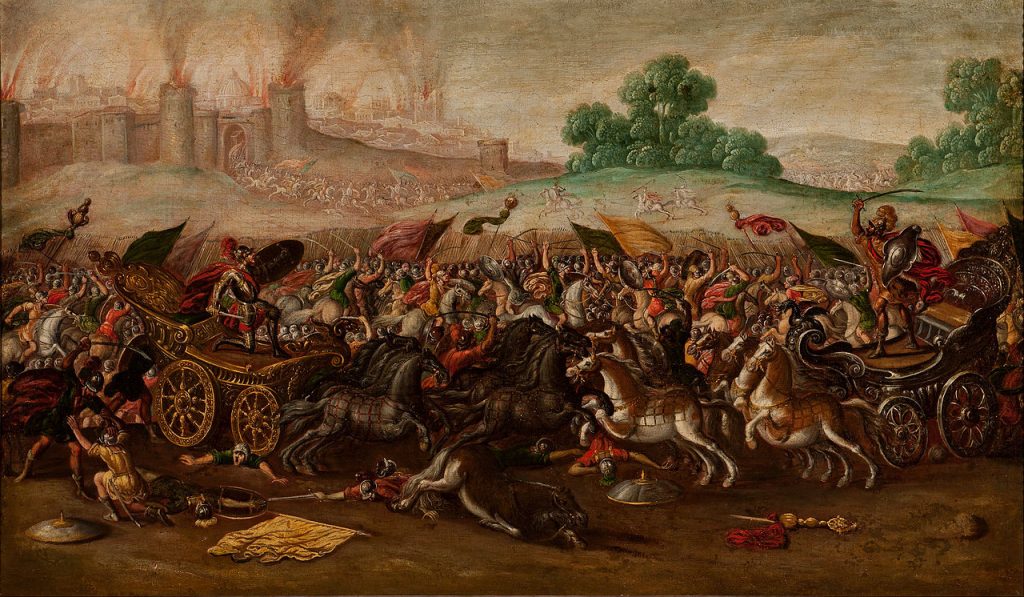I like Maryam Namazie. I like her work. I like her ideas. I used to like George Galloway, especially for his blunt testimony to US senators ignorantly accusing him profiting from Iraqi oil sales, but in recent years he has alienated me with his support for Islamist ideology. He seems to side with political Islamist regimes and political movements because they are anti-imperialist or anti-American. That strikes me as comparable to supporting Hitler because of his declaration of war on the United States.
Just to be clear: Islamism is not Islam. I have spoken above of Islamist ideology which is a political ideology that denies the legitimacy of Western democracy and Enlightenment values. I consider Islamism as much a threat as politically active Christian fundamentalists and White Supremacist groups. Islamists have dangerous political ideas that need to be combatted as much as any other fundamentalist or extremist Western religious or political ideology. Most Islamists are no more violent than are most people who oppose abortion. Only a minority of pro-lifers blow up abortion clinics and similarly only a minority of Islamists support terrorism.
Most Muslims who are fleeing war-torn regions and oppressive Muslim regimes are fleeing the horrors perpetrated by Islamist ideology. Maryam Namazie — back to her — speaks of what she sees as a “tsunami of atheism” washing through Muslim regions today. I have heard elsewhere that atheism is on the rise in those places. Maryam Namazie herself was taken by her parents from Iran when they could see oppressive Islamists taking over the revolution against the brutal shah in 1979.
Last night I read the transcript of a Skype discussion between Sam Harris and Maryam Namazie and it helped clarify some issues for me. The following is taken from the ideas Maryam expressed there.
So what’s wrong with profiling Muslims? Everything. Most Muslims are Muslims for no reason other than that they were born to Muslim parents. That’s the only reason. Many persons in those countries may in fact be privately atheist or agnostic but by law they are officially identified as Muslims on identity cards or passports. Look at photographs of ordinary shoppers and students in Iran or Afghanistan thirty years ago and you will swear you are looking at modern Western cities. All of that freedom and secularism has been lost in Muslim regions because of the historically recent rise of Islamist regimes. That’s a horrific story that can be told another day.
Profiling people because of their Muslim religion is misguided and dangerous. It is misguided because it ignores individuals and sees only collective identities. It brands people as potentially dangerous on the basis of their being born to Muslim parents and ignores the reality of why individuals are fleeing those countries and what many of them unable to flee are suffering there.
It is dangerous (this is my addition) because it helps alienate collectives of people and makes their assimilation into Western society more difficult than it need be. Alienated groups are vulnerable to anti-social behaviour, crime, terrorism.
What is wrong with special provisions to put a halt to Muslim immigration? Don’t we need to protect our Western culture from being swamped by benighted aliens? Continue reading “Muslim Profiling and Immigration”



